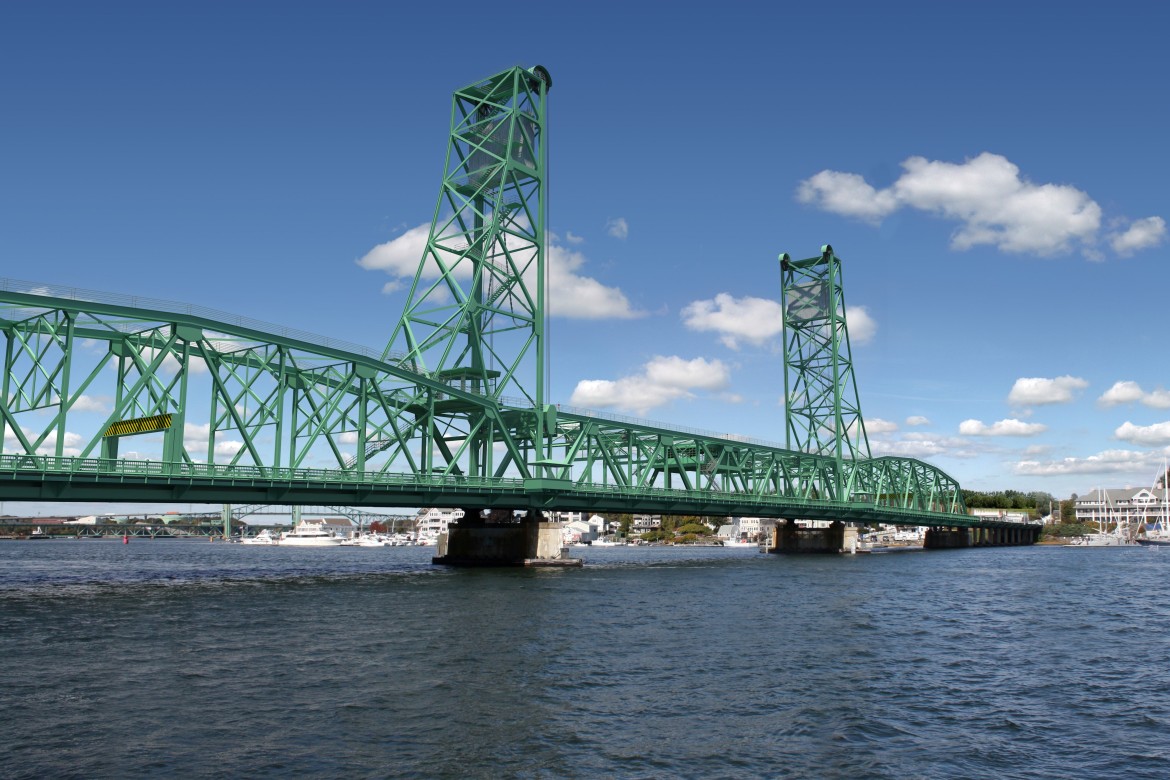Roger Wood Indepth Podcast: Memorial Bridge project
For the first time in history, the Piscataqua River will be harnessed for electrical power generation.
A small-scale turbine will be installed on one of the bridge piers. Its purpose, says Ann Scholtz of the New Hampshire Department of Transportation, will be to provide power for sensors and lighting on the two-year-old rebuilt bridge between Portsmouth and Kittery, Maine.
Scholtz told Roger Wood that some 250 sensors will continually monitor traffic, the environment, and the structural condition of the span. It’s called the “Living Bridge Project,” and is now at a preliminary design stage.
More from Roger Wood in Depth in his latest podcast.
The Memorial Bridge connecting Portsmouth and Kittery, Maine may soon become a benchmark for assessing the long-term condition of transportation infrastructure.
The “Living Bridge” project will create “a self-diagnosing, self-reporting smart infrastructure” through the installation of approximately 250 sensors on the two-year old lift bridge that will continually monitor traffic, environment, and the structural condition of the bridge.
These sensors will specifically collect data on such conditions as traffic, stress, vibration, wind speed, temperature, and humidity. The sensors will be powered by tidal energy through a turbine system installed at a bridge pier.
There are several innovations on the Memorial Bridge that will be monitored for possible future use on other transportation projects, including gusset-less truss connections, structural metalized steel coating, and vertical lift balance system.
This bridge monitoring system will proactively assess and maintain bridge performance, and reduce long-term maintenance costs.
The innovative project that expands on a National Science Foundation project is a partnership between the New Hampshire Department of Transportation, the Maine DOT, the University of New Hampshire and the Federal Highway Administration. It is being made possible by a $355,000 FHWA Accelerated Innovating Deployment (AID) award. — News Release from NHDOT.
According to UNH Assistant Professor of Engineering Erin Bell, the Memorial Bridge will “have the capacity to sense its environment, communicate with people, and even ‘feed’ itself with electric energy. We hope that the Living Bridge will become somewhat of a prototype for the estuarine bridge of the future.’”





